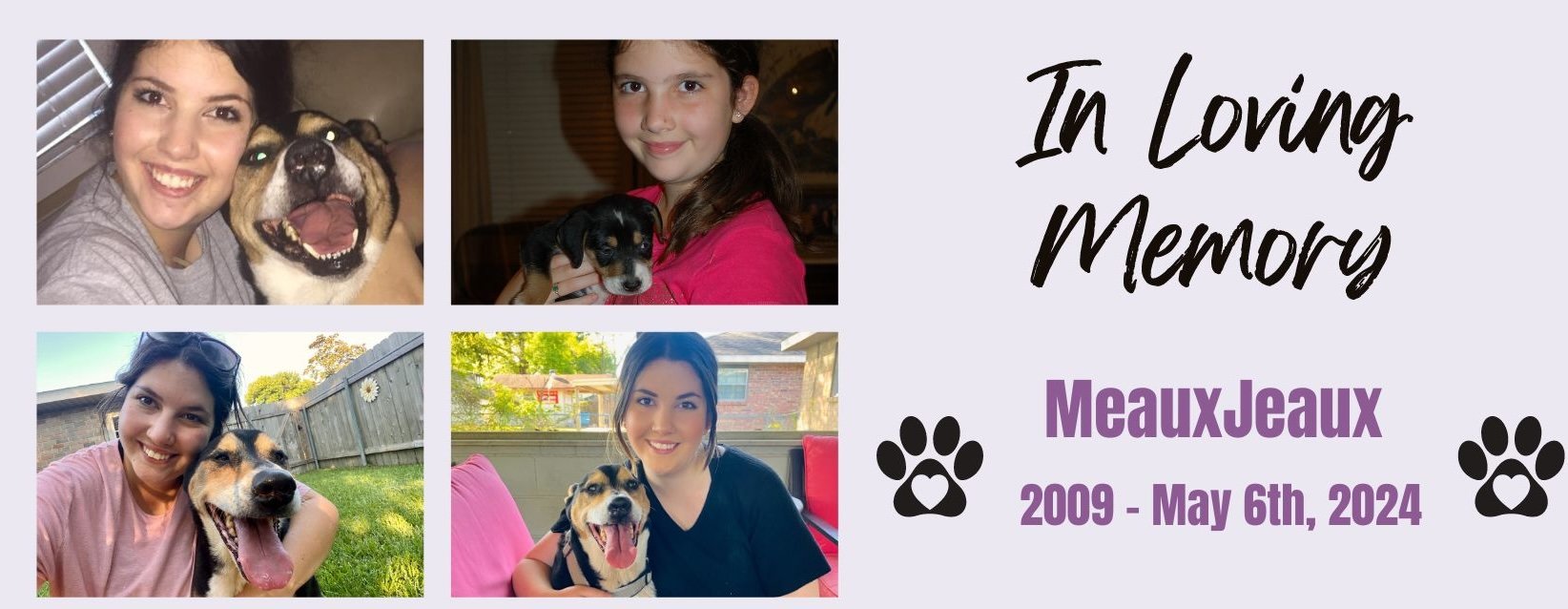Bloat in Dogs: Understanding and Preventing GDV
Recognize the Signs, Implement Preventive Measures, and Protect Your Pet
Bloat, or gastric dilation-volvulus (GDV), is a serious and often life-threatening condition that particularly affects large and deep-chested dog breeds. Bloat occurs when a dog’s stomach fills with gas, food, or fluid, causing it to expand. In severe cases, the stomach can twist, cutting off blood flow and leading to tissue death. Understanding the causes, recognizing the symptoms, and implementing preventive measures can reduce the risk of bloat in your furry friend. Follow this guide to learn about preventive measures, symptoms, high-risk breeds, and treatment for bloat.
Preventive Measures
Feeding Practices:
Feed multiple smaller meals throughout the day instead of one large meal to reduce the amount of air swallowed and the amount of food in the stomach at one time.
Use slow feeder bowls or puzzle feeders to slow down your dog’s eating speed, reducing the risk of overeating.
Avoid elevated feeders as they can increase the risk of bloat in some dogs.
Prevent extensive exercise for at least an hour before and after meals.
Dietary Choices:
Choose high-quality dog food that does not expand excessively when wet.
Avoid foods high in fat or ingredients that can increase gas production
Water Consumption:
Ensure that your dog has access to water throughout the day but avoid letting them drink large amounts before or after meals.
Behavioral Adjustments:
If you have multiple dogs, feed them separately to reduce competition and rapid eating.
Regular Veterinary Check-ups:
Regular check-ups at your veterinary clinic can help monitor your dog’s overall health and identify early signs of issues that can lead to bloat.
Common Symptoms of Bloat
Swollen abdomen
Restlessness and pacing
Unsuccessful attempts to vomit
Excessive drooling
Rapid or heavy breathing
Signs of pain or discomfort
Pale gums
Breeds at Higher Risk
Certain breeds are more prone to developing bloat due to their anatomy. Owners of these breeds should be particularly vigilant and proactive about implementing the preventive measures listed above. These breeds include:
Great Danes
Saint Bernards
Weimaraners
German Shepherds
Standard Poodles
Boxers
Treatment for Bloat (GDV)
If caught quickly, GDV (gastric dilation-volvulus) in dogs can be treated effectively. Here’s what you need to know:
Initial Stabilization:
IV Fluids: Your dog will receive intravenous fluids to treat shock and improve blood flow.
Pain Relief: Pain medications are administered to keep your dog comfortable.
Stomach Decompression: A tube or needle is used to release the gas from the stomach and relieve pressure.
Surgical Treatment:
Untwisting the Stomach: Surgery is performed to untwist the stomach.
Gastropexy: This procedure attaches the stomach to the body wall to prevent future twisting.
Removing Damaged Tissue: Any damaged tissue or, if necessary, the spleen is removed during surgery.
Post-Surgery Care:
Close Monitoring: Your dog will be closely monitored for complications, such as irregular heartbeats.
Gradual Feeding: Food and water are reintroduced slowly, often with special diets to prevent recurrence.
Antibiotics: Medications are given to prevent or treat infections.
While bloat is a serious condition, understanding its causes and taking proactive steps can significantly reduce the risk. Always consult a veterinarian to create a preventive plan specific to your dog's needs. By managing your dog’s diet, feeding habits, and overall health, you can help ensure a long and happy life for your canine companion!


